Maximum pounds of toms per square foot in Raised Bed
dangould
15 years ago
Related Stories

GARDENING GUIDES8 Materials for Raised Garden Beds
Get the dirt on classic and new options for raised vegetable and plant beds, to get the most from your year-round garden
Full Story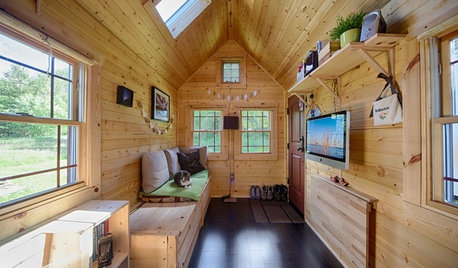
SMALL HOMESHouzz Tour: Sustainable, Comfy Living in 196 Square Feet
Solar panels, ship-inspired features and minimal possessions make this tiny Washington home kind to the earth and cozy for the owners
Full Story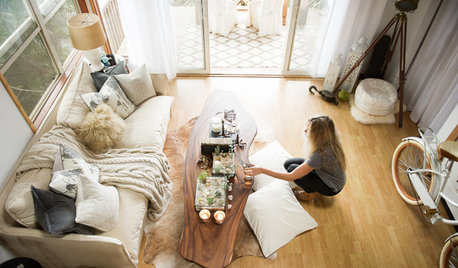
HOUZZ TOURS13 Character-Filled Homes Between 1,000 and 1,500 Square Feet
See how homeowners have channeled their creativity into homes that are bright, inviting and one of a kind
Full Story
TINY HOUSESHouzz Tour: A Custom-Made Tiny House for Skiing and Hiking
Ethan Waldman quit his job, left his large house and spent $42,000 to build a 200-square-foot home that costs him $100 a month to live in
Full Story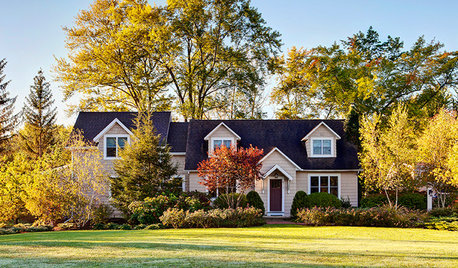
VACATION HOMESHouzz Tour: More Room to Relax in a Michigan Retreat
Tired of cramming their family and friends into a compact space, a family adds a guesthouse and an addition big enough for a crowd
Full Story
HEALTHY HOME6 Tips From a Nearly Zero-Waste Home
Lower your trash output and increase your quality of life with these ideas from a mom who did it to the max
Full Story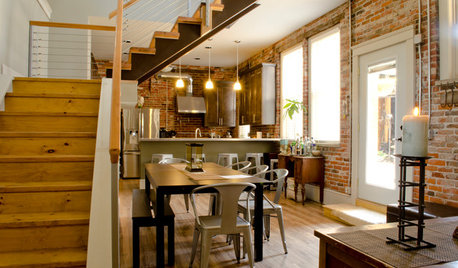
HOUZZ TOURSHello, Bordello — an Ohio Loft Goes From Sinning to Winning
This onetime house of ill repute is now making good as a welcoming home, office and cocktail bar
Full Story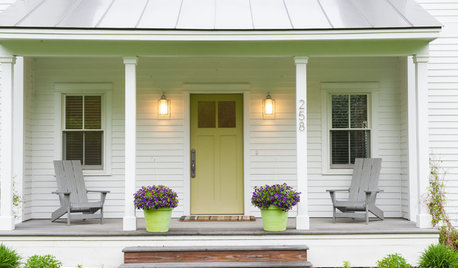
HOUZZ TOURSMy Houzz: A Prefab Modern Farmhouse Rises in Vermont
A prefab borrows from the simplicity of barns to suit its family and the Vermont countryside
Full Story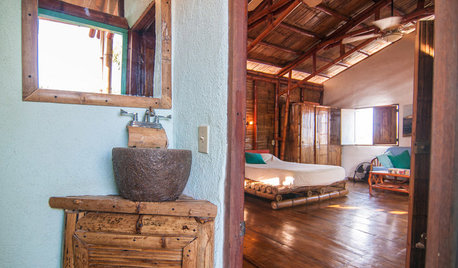
GLOBAL STYLEMy Houzz: Sustainable Bamboo for a Prototype Home in Nicaragua
Ecofriendly living has a new champion, as a Granada firm kicks off its bamboo offerings with this house's architecture and furnishings
Full Story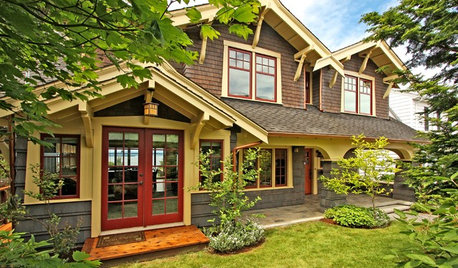
HOUZZ TOURSHouzz Tour: Major Changes Open Up a Seattle Waterfront Home
Taken down to the shell, this Tudor-Craftsman blend now maximizes island views, flow and outdoor connections
Full StoryMore Discussions







garden_fool
shelbyguy
Related Professionals
Hyattsville Landscape Architects & Landscape Designers · Lake Oswego Landscape Architects & Landscape Designers · Leawood Landscape Architects & Landscape Designers · Edmond Landscape Contractors · Davidson Landscape Contractors · La Vista Landscape Contractors · Lakewood Landscape Contractors · Lexington Landscape Contractors · New Cassel Landscape Contractors · Royal Oak Landscape Contractors · Welby Landscape Contractors · Pooler General Contractors · Belleville General Contractors · Algonquin Decks, Patios & Outdoor Enclosures · Overland Park Decks, Patios & Outdoor Enclosuressolanaceae
digdirt2
lightt
oldroser
dangouldOriginal Author
dangouldOriginal Author
dave1mn2
digdirt2
dangouldOriginal Author
dangouldOriginal Author
wclee
dangouldOriginal Author
wvtomatoman
solanaceae
digdirt2
dangouldOriginal Author
lehua49
solanaceae
habitat_gardener
mickyfinn6777
habitat_gardener
dangouldOriginal Author
dangouldOriginal Author
youarehear_yahoo_com